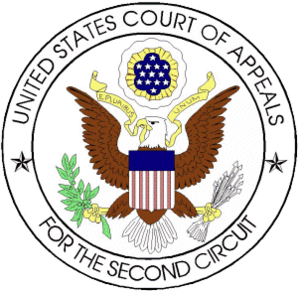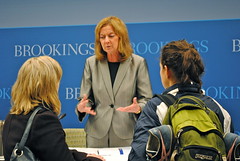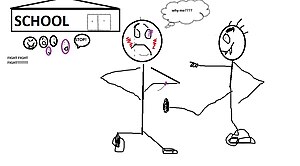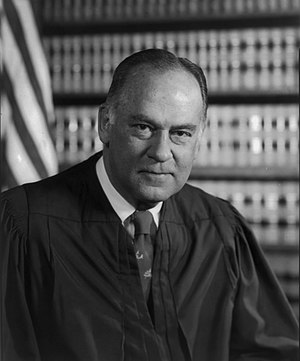 SUN VALLEY, ID - JULY 06: Reid Hoffman, co-founder of LinkedIn, attends the Allen & Company Sun Valley Conference on July 6, 2011 in Sun Valley, Idaho. The conference has been hosted annually by the investment firm Allen & Company each July since 1983. The conference is typically attended by many of the world's most powerful media executives. (Image credit: Getty Images via @daylife)
SUN VALLEY, ID - JULY 06: Reid Hoffman, co-founder of LinkedIn, attends the Allen & Company Sun Valley Conference on July 6, 2011 in Sun Valley, Idaho. The conference has been hosted annually by the investment firm Allen & Company each July since 1983. The conference is typically attended by many of the world's most powerful media executives. (Image credit: Getty Images via @daylife)
I will be doing a training for hearing officers, mediators and state complaint investigators in a few weeks. In preparation for the training, I recently contacted the office of the state department of education, and I was delighted to learn that one of the first persons I was talking with on the telephone recognized my name because she is a subscriber to this blog. The best way to ensure that you receive all of our posts is to take advantage of the free subscription to this blog. They are available on the lefthand side of the blog and you can arrange your subscriptions so that you receive the posts by email directly to your inbox or so that they appear in an aggregator or reader, like netvibes or
Google reader. Those with blogs or websites can also get a blidget (blog widget) to insert directly into their website. Please take a subscription because numbers matter in the blogosphere. We are doing great, but enhanced credibility is always good.
By the way, I always enjoy meeting and talking to our readers. I will be at public conferences in San Antonio and Omaha later this year, as well as other locations for trainings to which the public is not invited. The information is in the conference section on the lefthand side of the blog. Please stop me and say hello if you will be at these conferences.
One of the key functions of this blog is to share information with all types of special education stakeholders (Aside: in my mind these folks are not really carrying steaks!). In pursuit of that quest, we have created a number of spin off special education law groups. They are listed on the lefthand side of the blog under helpful links. The Plaxo group never got off the ground and the Ning group is now defunct. The Facebook group was very successful until Facebook went all corporate and decided that we were not sufficiently exchanging useless information and archived the group. It still exists and has som useful discussions, but to become a member, even if you were a member, you have to ask.
The most successful of these groups by far has been the
LinkedIn Special Education Group. It now has over 4,300 members and has many lively discussions. We had a problem with spammers for a while, but I think that we have solved it. Check out this interesting group
here
That is the tech update for now, please tell us if you are having any issues
 (Photo credit: Wikipedia)
(Photo credit: Wikipedia)



















































